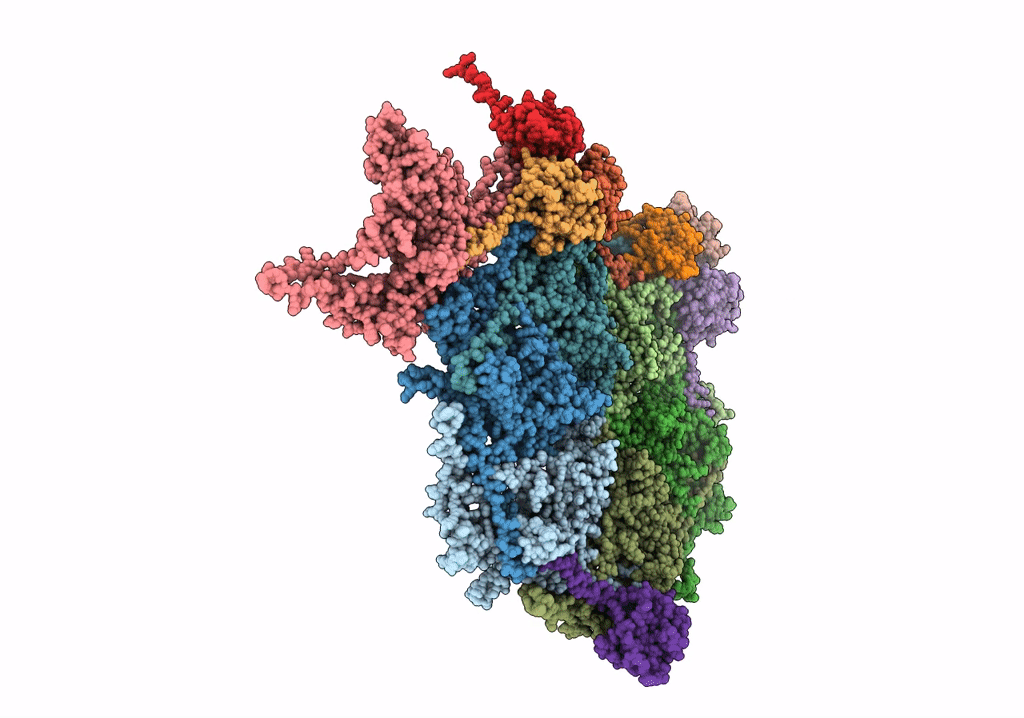
Deposition Date
2019-02-26
Release Date
2019-07-24
Last Version Date
2024-03-20
Entry Detail
PDB ID:
6O3H
Keywords:
Title:
Icosahedral reconstruction of the thermophilic bacteriophage P74-26 capsid
Biological Source:
Source Organism:
Thermus virus P74-26 (Taxon ID: 466052)
Method Details:
Experimental Method:
Resolution:
2.80 Å
Aggregation State:
PARTICLE
Reconstruction Method:
SINGLE PARTICLE


